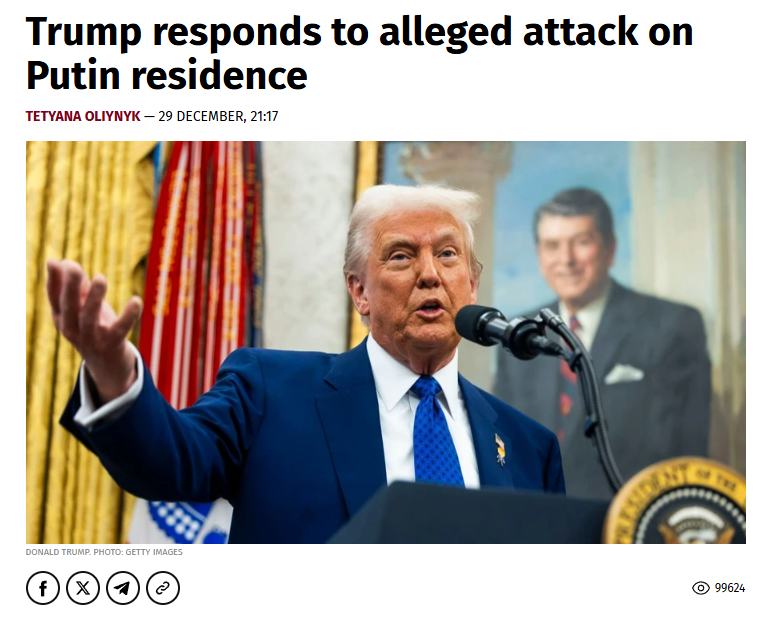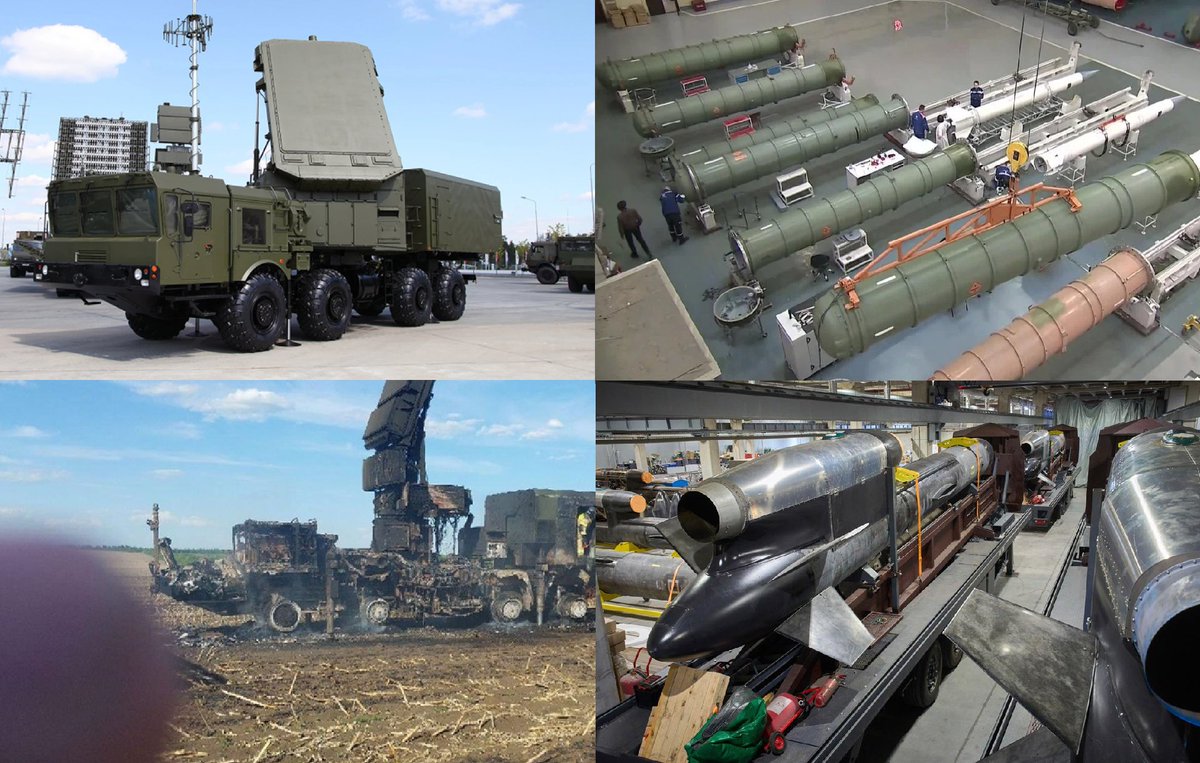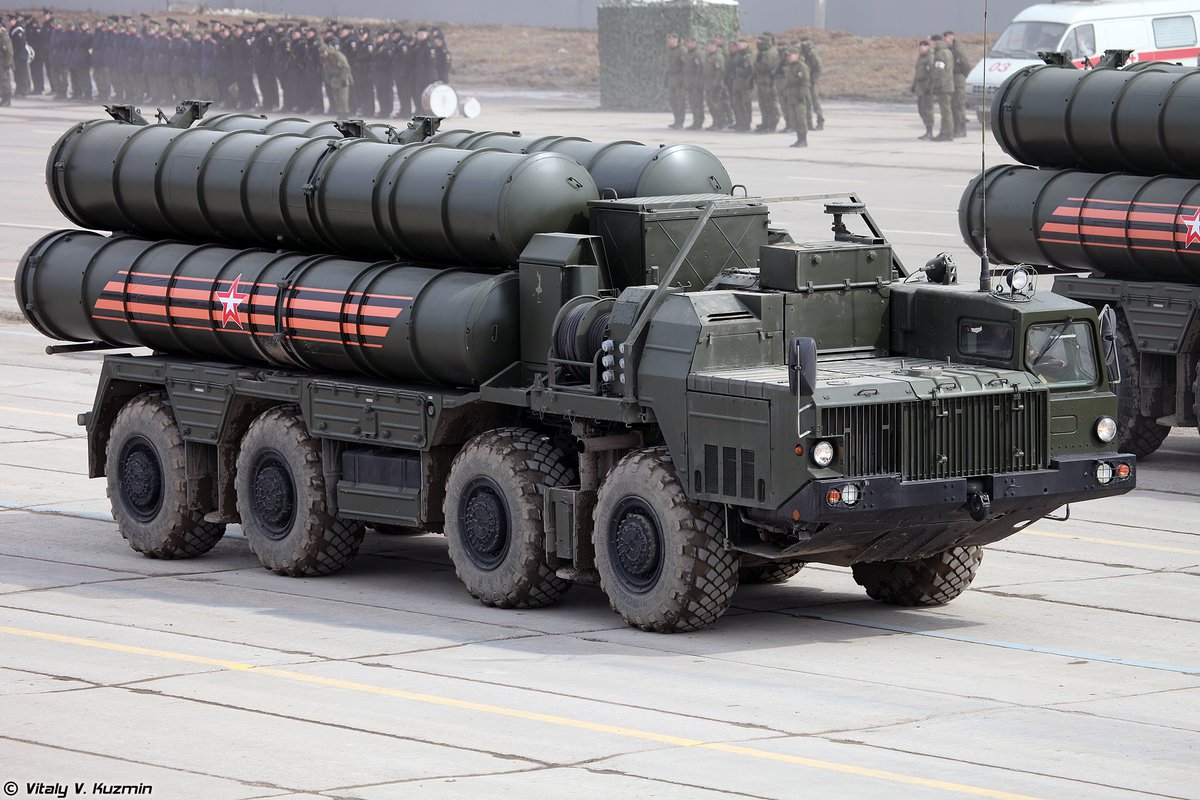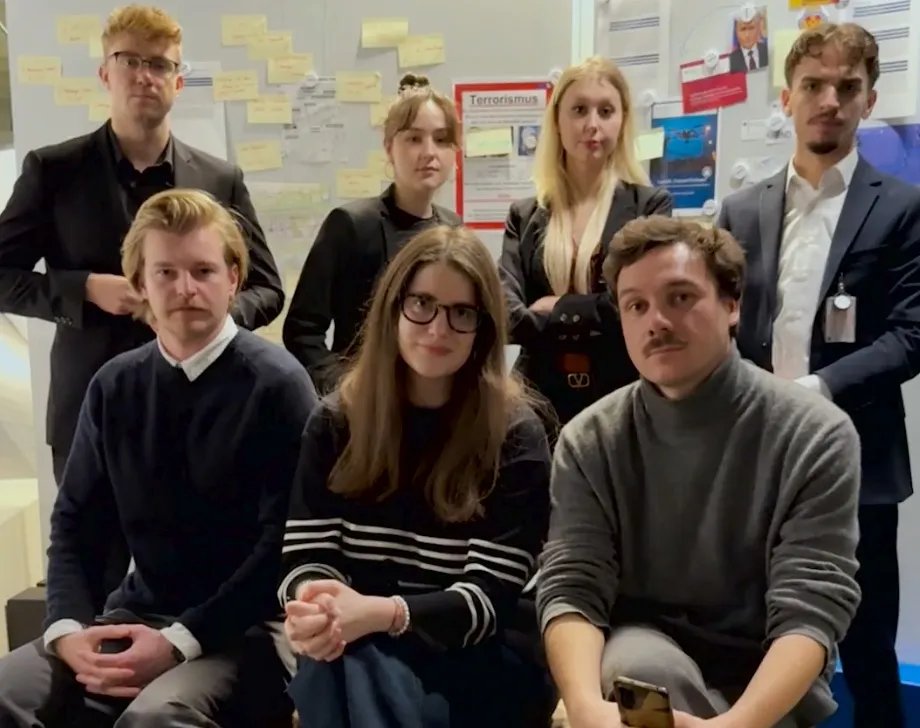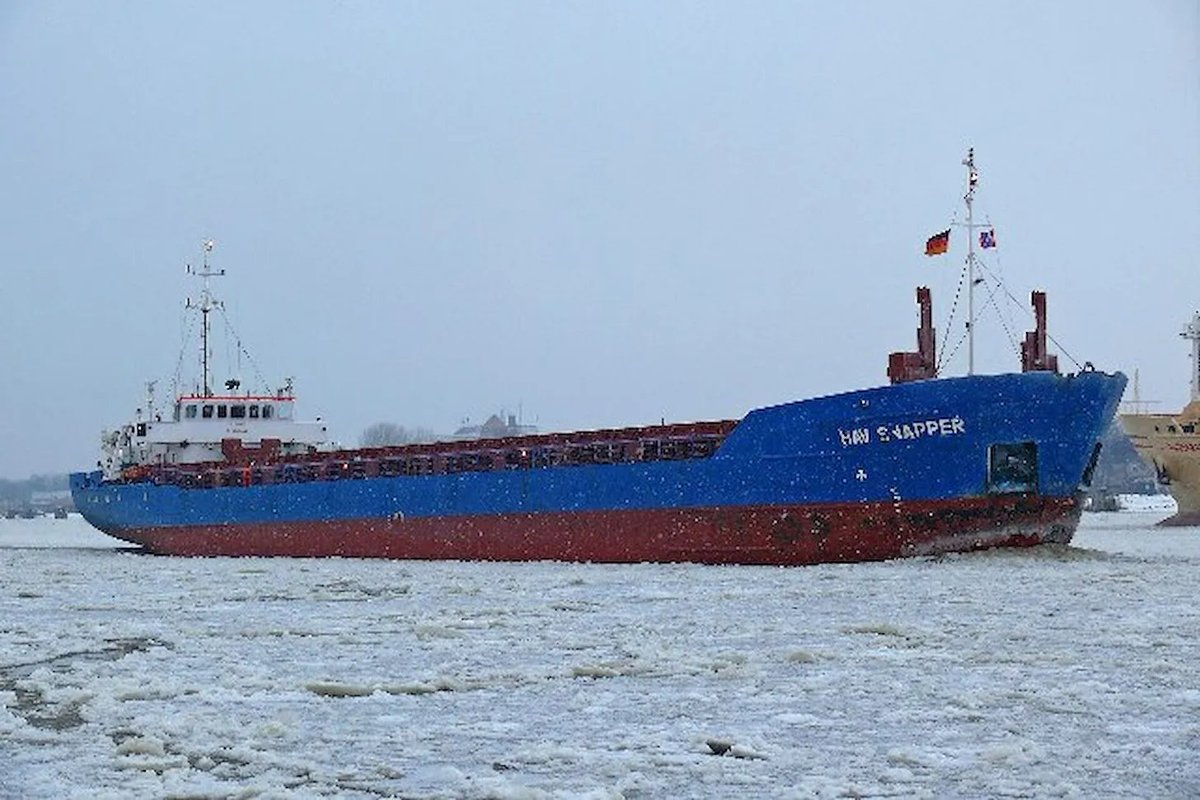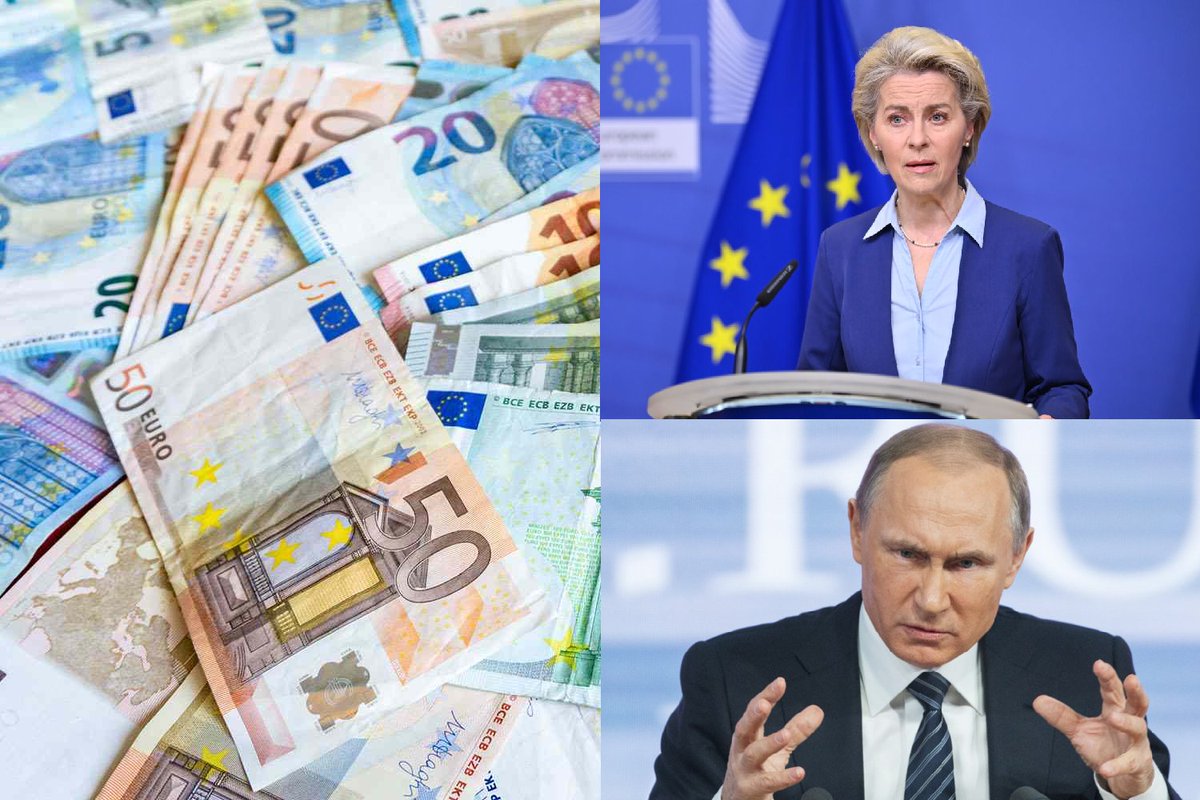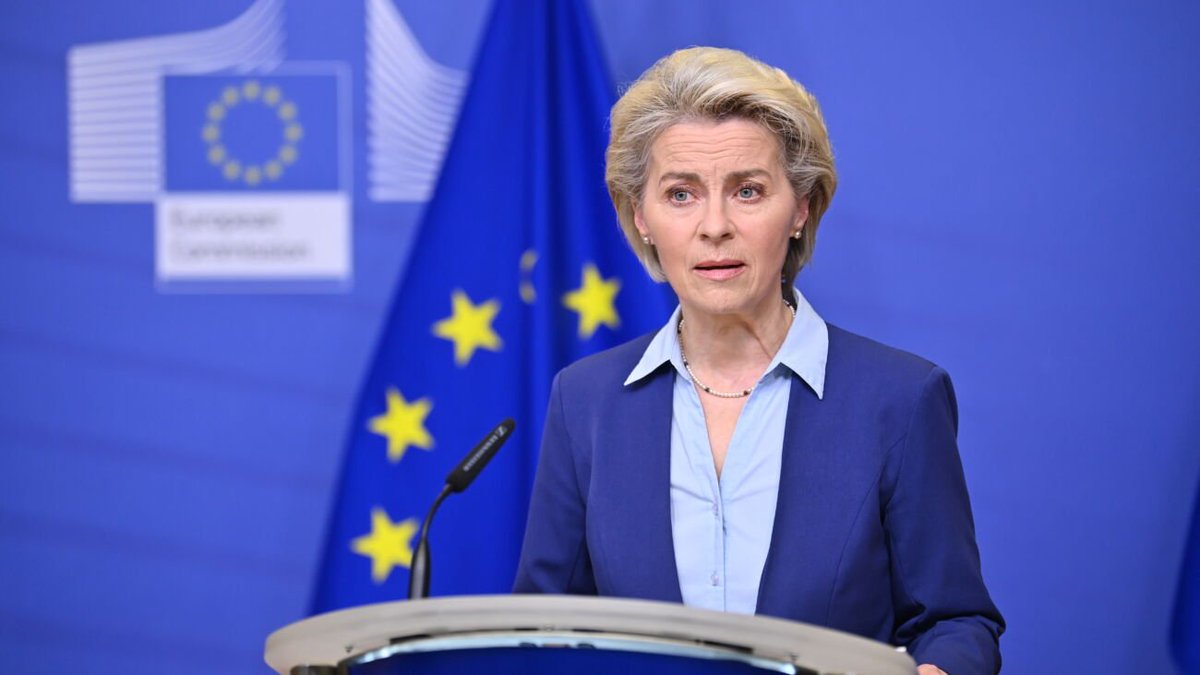After the loud announcement of the Russian counteroffensive in the Kursk region, the news from the Russian side has died down. The Russian Defense Ministry reports "the destruction of 12,000 Ukrainian soldiers," but there is no video, no photos, no statements about regaining
1/11
1/11

control over major settlements. Putin gave the order to recapture the Kursk region by October 1, but the counteroffensive is stalling. Ukrainian soldiers write in Telegram that heavy fighting is underway, not without losses, but the counterattack was expected and
2/11
2/11

the Russians were expected. Russia has now switched from bombing to frontal attacks, which allows for greater resource losses. Ukraine expected and prepared for this step and to inflict serious damage on the advancing troops. Apparently, Syrskyi plan has begun to work and
3/11
3/11

Russia has transferred resources to the Kursk region and will transfer more to fulfill Putin's decree. If this becomes a priority for the Russian army, then we can expect a decrease in the intensity of Russia's offensive in the Donetsk region. The offensive on Pokrovsk has
4/11
4/11
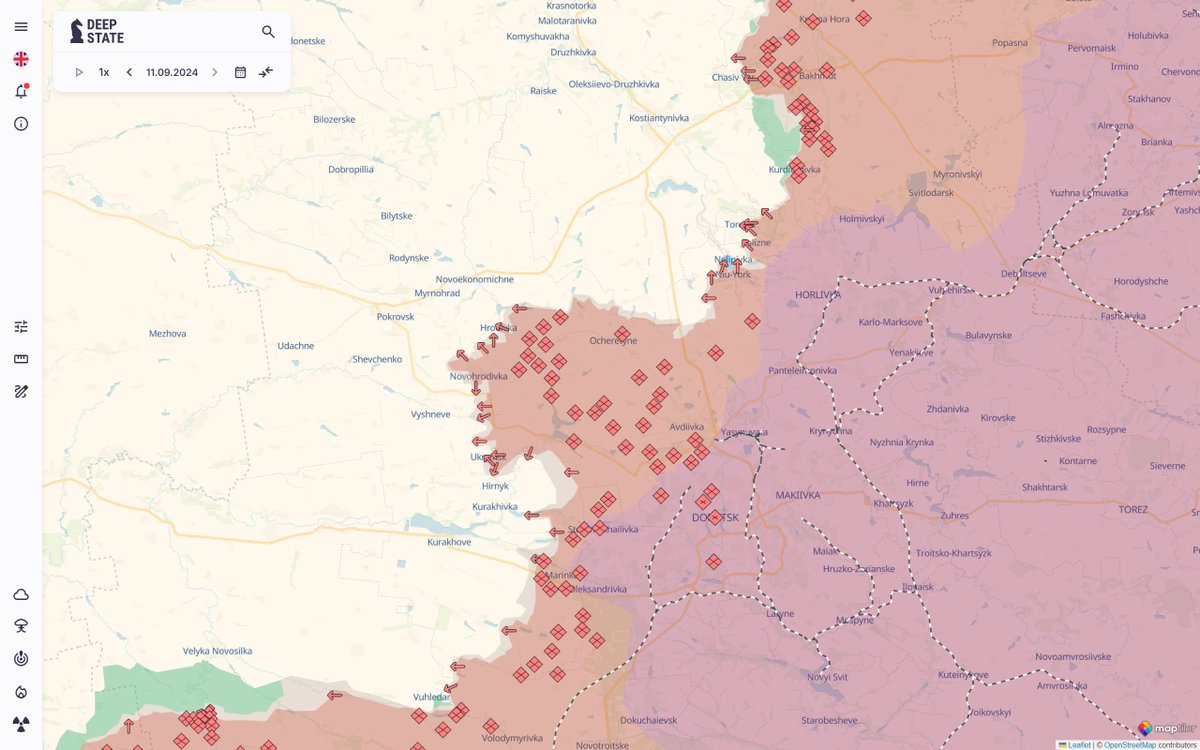
already started to stall, but this is compared to August. Russia is still storming there every day and there are very difficult battles. Autumn has come and soon it will be more difficult to conduct military operations. Especially to conduct an offensive. If Russia does
5/11
5/11

not recapture the Kursk region before the rains start, it will be more difficult for it to do so. It will be even more difficult to do so if Ukraine starts to strike deep into Russia. Apparently, Great Britain is lifting restrictions on the use of Storm Shadow deep into
6/11
6/11

Russian territory and there is talk of the United States making the same decision. Most likely, the missiles supplied will have a range of about 250 kilometers, because this is an export version, but within this radius there are many juicy targets for Ukrainian missiles.
7/11
7/11

Logistics, airfields in Rostov-on-Don, Voronezh, Kursk, Belgorod, Bryansk, troop columns - this is only a small list of targets that Ukraine can hit first. If talk of lifting restrictions turns out to be true, it will be another problem added to the huge list of difficulties
8/11
8/11

in Russia. The red lines are over, the nuclear scarecrow does not work, the economy is at the limit and is about to collapse, resources are depleted. The equipment is running out, but there are still people. But in 2 years there is no longer a professional army and the army
9/11
9/11

consists of cripples, alcoholics, criminals and old men with conscripts. But this army also causes colossal damage. It is precisely because of this composition that it has no morality and leaves behind a trail of war crimes and scorched earth. Although the "professional
10/11
10/11

army" in Russia is not much different from this. But the crisis in the Russian army and management is growing. This is a downward spiral that cannot be stopped and sooner or later Russia will fall into a free fall to the bottom.
11/11
11/11

• • •
Missing some Tweet in this thread? You can try to
force a refresh



